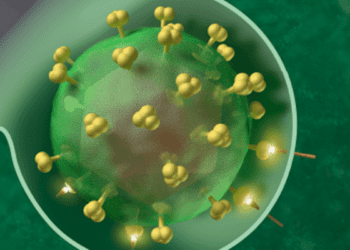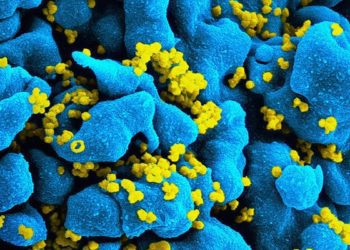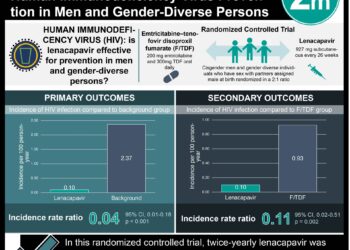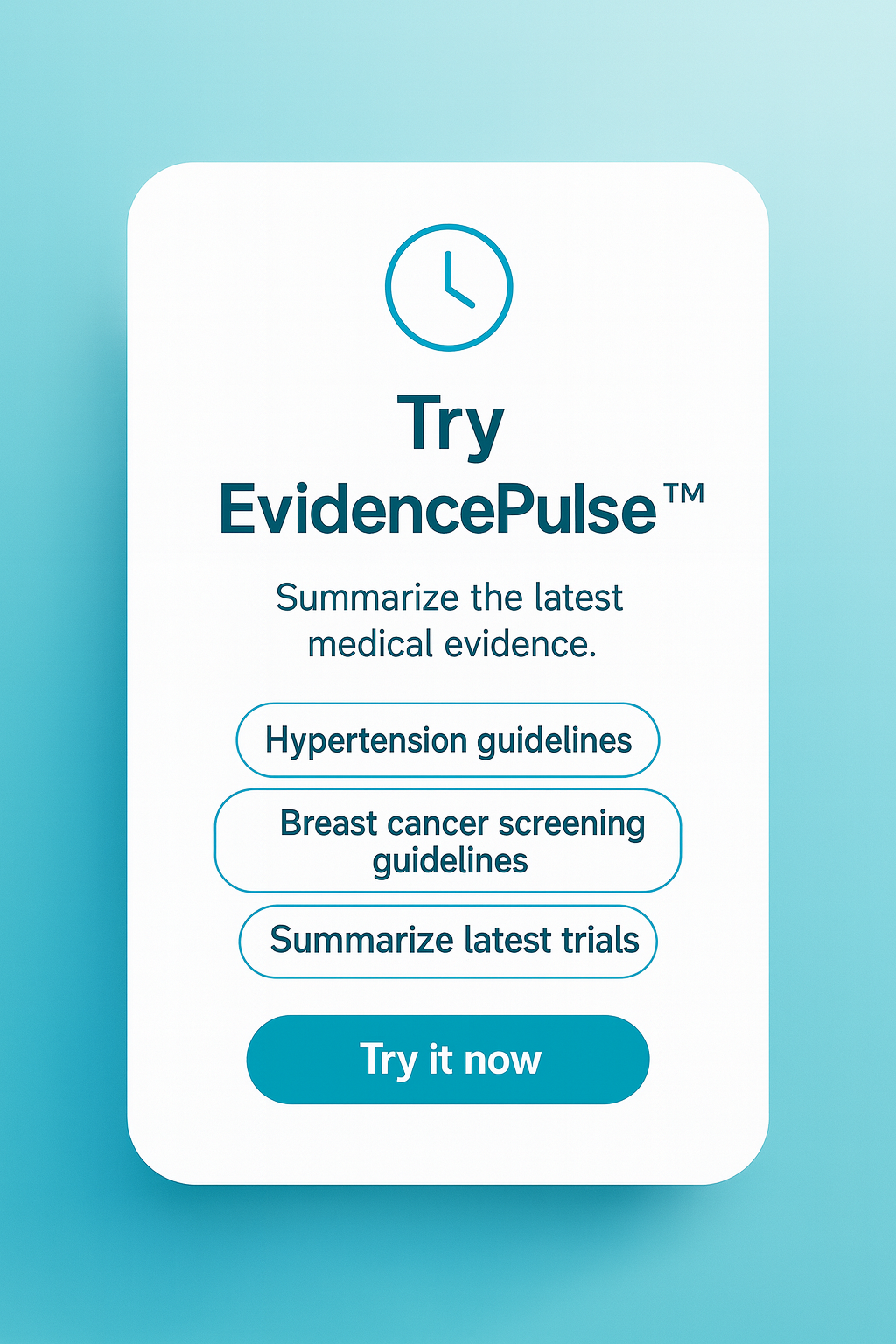Early superior to deferred treatment of asymptomatic HIV-positive, high-CD4 adults
1. Asymptomatic, HIV-positive adults with CD4 cell counts above 500 who were initiated on antiretroviral therapy (ART) immediately had significantly fewer serious AIDS-related events and serious non-AIDS events, compared to similar individuals whose therapy was deferred until development of AIDS or another condition prompting ART treatment.
2. These findings were robust across multiple subgroup analyses including age, gender, geographic region (including North and South America, Asia, Europe, Australia, and Africa), and baseline CD4 counts.
Evidence Rating Level: 1 (Excellent)
Study Rundown: Since the inception of ART for HIV, a general practice has emerged by which clinicians defer initiation of ART in asymptomatic HIV-positive patients until a certain threshold CD4+ T cell level. This practice is based on previous randomized studies as well as observational research, which provided strong evidence for the initiation of ART in patients with a CD4+ count of 350 cells per cubic millimeter or less. However, there is a gap in evidence, as previous studies have not rigorously addressed the risks and benefits of initiation ART in asymptomatic HIV-positive patients with a high CD4+ count (e.g. above 500).
In this multicontinental study spanning a mean of 3 years, 4685 HIV-positive adults who had a CD4+ count of more than 500 cells per cubic millimeter were randomized to start ART immediately, or to a deferred-initiation group in which treatment was initiated after the development of AIDS or another condition prompting initiation of ART. The primary composite endpoint included: any serious AIDS-related event, serious non-AIDS event (thought to capture the potential side effects of ART), or death from any cause. The study was stopped early, as the early results strongly favored immediate-initiation of ART. The hazard ratio comparing immediate to deferred-initiation was 0.43 for the primary endpoint and 0.28 for serious AIDS-related events. Of note, the risk of life-threatening symptomatic events not attributable to AIDS and requiring medical intervention did not differ between the groups.
Given its multinational and massive scale, this study has important implications for treatment, prevention, and policy guidelines for HIV/AIDS, suggesting that treatment with ART is warranted in all individuals diagnosed with HIV, even in those with a relatively high CD4+ count (above 500) who are asymptomatic. Importantly, given the potential cardiovascular and renal side effects of ART, it will be important to continue to monitor and study the long-term effects of ART in patients, particularly with treatment being initiated at an earlier time point.
Click to read the study in NEJM
Relevant Reading: When to start ART in Africa
In-Depth [randomized controlled trial]: This study involved 4,685 HIV-positive, asymptomatic individuals from 215 clinics in 35 countries spanning multiple geographic regions, including Africa, Asia, Australia, Europe, Israel, North America, South America, and Mexico. The median age of participants was 36 years, and median CD4+ cell count at study beginning was 651 (required to have two separate measurements of CD4+ greater than 500 to participate). Patients had never initiated ART previously and had no history of AIDS. The primary end point occurred in 42 versus 96 patients in the immediate versus delayed-initiation groups, yielding a hazard ratio of 0.43 (CI 0.30 to 0.62; p<0.001); the separation in Kaplan-Meyer curves was noted within 6 months of study initiation and continued until study termination, at a mean follow-up time of 3 years across participants (when the favorable findings for the immediate-initiation group led the safety board to stop the study). This finding in the primary end point in favor of early initiation of ART therapy was consistent across sub-group analyses, including age, gender, race, geographic region (high versus low income), baseline CD4+ and viral load counts, smoking status, and Framingham 10-year risk. In terms of serious non-AIDS events, the hazard ratio comparing immediate versus delayed-initiation was 0.61 (95% CI, 0.38 to 0.97; P=0.04).
Image: PD
©2015 2 Minute Medicine, Inc. All rights reserved. No works may be reproduced without expressed written consent from 2 Minute Medicine, Inc. Inquire about licensing here. No article should be construed as medical advice and is not intended as such by the authors or by 2 Minute Medicine, Inc.







